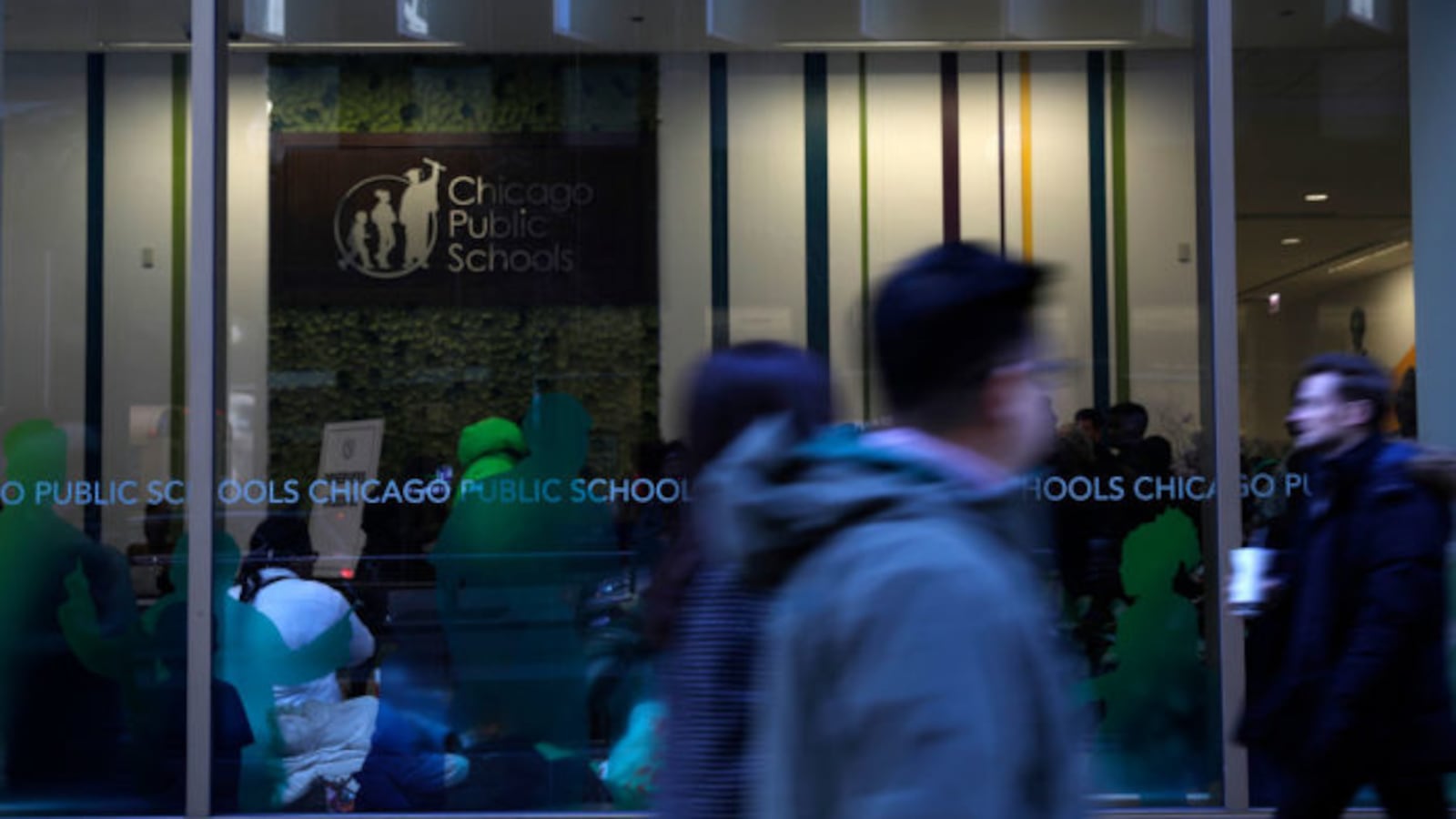Chicago Public Schools has proposed tweaking its school rating policy to reflect how well elementary schools prepare students for high school and how well high schools help students plan life after graduation — and the district also will finally grade dozens of specialty high schools that had lacked rating systems.
The district determines schools’ ratings according to its School Quality Rating Policy, a formula based on academic achievement, growth and other factors like attendance and school climate surveys.
Related: Chicago school board approves new school ratings scale despite complaints and confusion
The newly reconstituted Chicago Board of Education is scheduled to consider the updated policy at its first monthly meeting, on Wednesday. Mayor Lori Lightfoot dismissed the previous board and in early June appointed new members, led by former city clerk and former state senator Miguel Del Valle as president.
The district published a draft of the proposal Monday along with the board meeting agenda.
The updated rating formula, forged under the old board appointed by Lightfoot’s predecessor, Mayor Rahm Emanuel, introduces a new metric to elementary school ratings known as “3-8 On-Track” that factors in attendance and grades in core subjects for students in grades 3 through 8. The indicator, meant to assess whether students are “on track” to succeed in high school, would account for 10% of a schools’ rating.
Related: Chicago releases new school ratings
The proposed rating formula would also add a new metric to high school ratings — the percent of students who with their school’s help have completed a postsecondary plan. Chicago’s 2-year-old “Learn. Plan. Succeed.” program requires high school students to map out their post-graduation lives, with support from school counselors, whether they’re moving on to college, work, the military, or an apprenticeship. The portion of students filling out those plans would account for 2.5% of a school’s rating.
Additionally, the district for the first time has developed a formal rating system for non-traditional high schools, including schools located inside correctional facilities, occupational academies and other specialty schools that exclusively serve youth with disabilities and students in special education. The district also updated its rating system for alternative or “Options” high schools.
Related: How one cooking teacher opens up a world of opportunities for students with disabilities
Chicago rates schools according to a five-tier system: Level 1-plus and Level 1 designate the highest-performing schools; Level 2-plus schools are considered in average or “good standing,” while Level 2 describes below-average-performing schools in need of more support; and Level 3, the lowest performance rating, denotes schools placed on probation.
The ratings, which are heavily reliant on test scores, factor strongly into families’ enrollment choices, and the district uses them to determine which schools need more support. Critics argue that the ratings correlate more with socioeconomic status and race than they do school quality, and say little about what’s happening in classrooms and how kids are learning. The ratings also provoke angst in the district — because they have also been used to justify ousting school leaders, shuttering schools, and opening replacement schools intended to provide students better options.
Here’s the new school rating policy proposal

